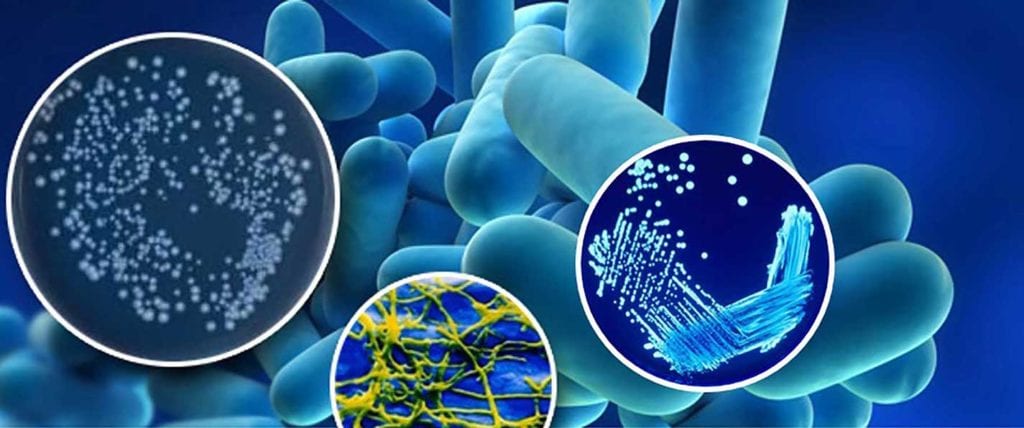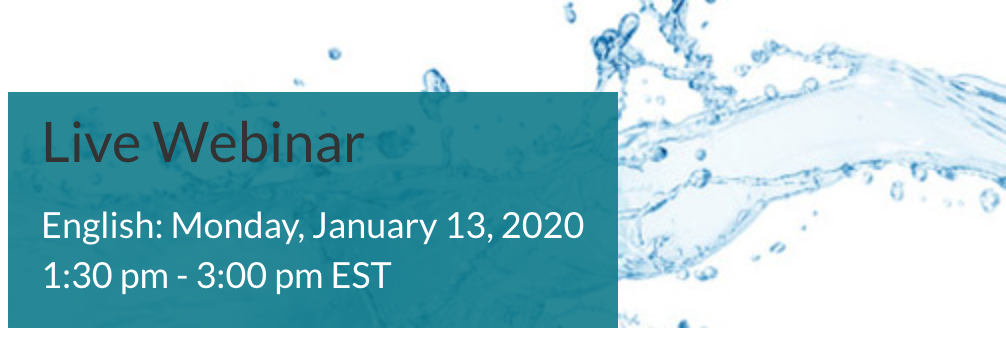Management of Legionella in Water Systems (2019)
The National Academies of Science, Engineering, and Medicine were asked by the U.S. Centers for Disease Control and Prevention (CDC), the U.S. Department of Veterans Affairs (DVA), the U.S. Environmental Protection Agency (EPA), and the Alfred P. Sloan Foundation to address the state of the science with regard to Legionella including its ecology, disease diagnosis, amplification within water systems, quantification, prevention and control, policy and guidance, and all associated research needs.




